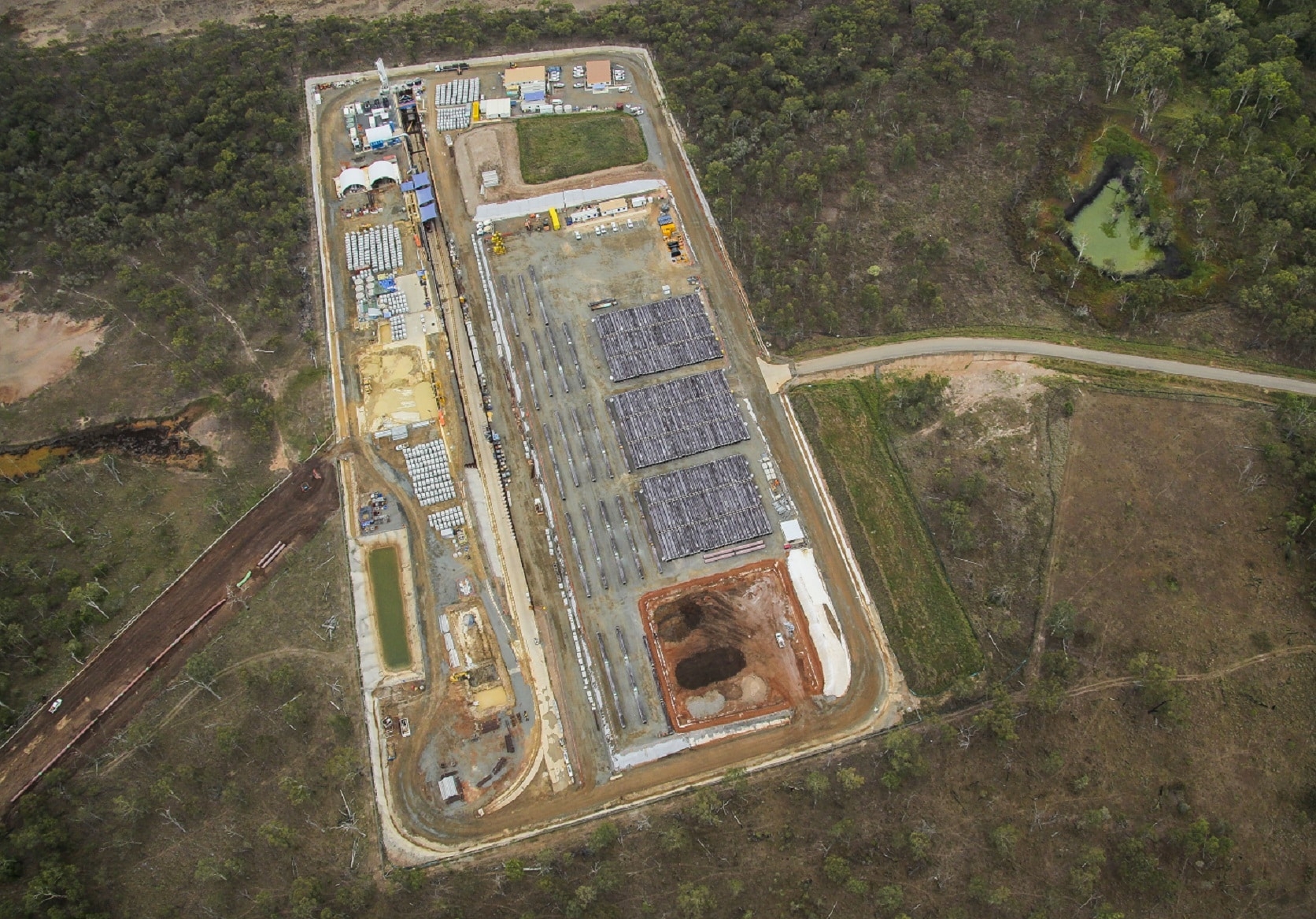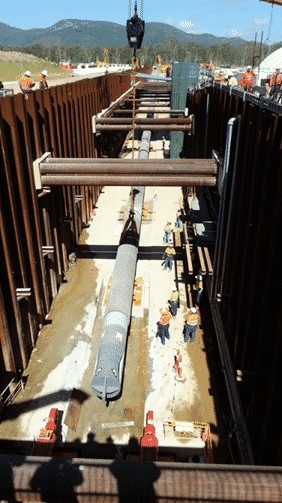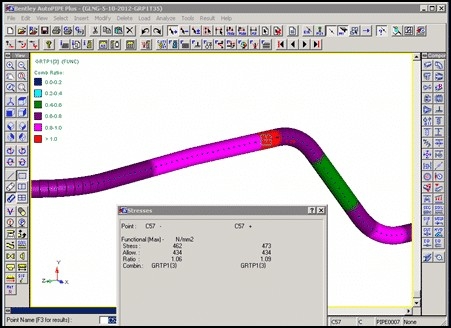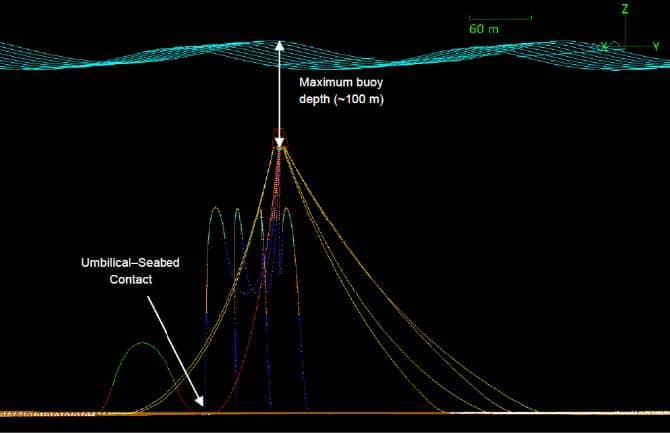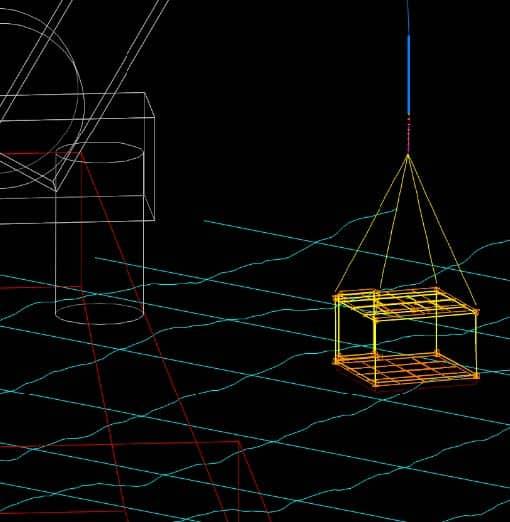Benefits
The Gladstone Liquefied Natural Gas (GLNG) project utilised specialist expertise from Atteris to successfully and cost-effectively deliver a major waterway crossing for a 42-inch gas transmission pipeline. This project has set a benchmark for the industry, with the same engineering concept now being used globally for major waterway crossings in onshore pipeline routes.
Background
GLNG incorporates the development of coal seam gas resources in the Surat and Bowen Basins in south-eastern Queensland, Australia, a 420 km underground gas transmission pipeline and a two-train liquefaction and storage facility on Curtis Island, Gladstone, Queensland, Australia.
When planning the pipeline, GLNG faced a very challenging waterway crossing named “The Narrows”, between mainland Australia and Curtis Island.


